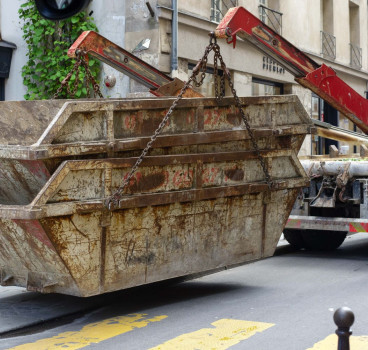Unveiling the secrets of Roman concrete’s strength
Standing defiant against the tides of time, Roman aqueducts, roads, and temples still whisper tales of an empire renowned for its architectural prowess. What elevates these structures from mere stone and mortar to enduring giants? The answer lies in a seemingly unassuming ingredient: volcanic ash, specifically a type called pozzolana. For centuries, the secret to Roman concrete's incredible resilience remained shrouded in mystery, fuelling speculation and scientific inquiry. Today, we embark on a journey to unveil this ancient alchemy, understanding how pozzolana bestowed upon Roman concrete its unmatched strength and longevity, and why modern concrete often struggles to live up to its legacy.
Experts refer to the phenomenon as the Pozzolana Advantage. Imagine a construction material that not only hardens in water but actually becomes stronger with age. That's the magic of pozzolana. This fine, reactive ash reacts with lime, a key ingredient in Roman concrete, to form a calcium-aluminate-silicate hydrate (C-A-S-H) gel. Unlike standard Portland cement, which relies on simple hydration for strength, C-A-S-H gel continues to crystallize over time, filling cracks and strengthening the concrete matrix. This self-healing property is a major contributor to Roman concrete's remarkable durability.
Pozzolana wasn't just a lucky ingredient; it was part of a meticulously crafted concrete recipe. Roman builders understood the importance of using high-quality lime, sourced from specific quarries for its purity and reactivity. They meticulously aggregated volcanic rock and seawater, further enhancing the pozzolana's binding properties. This attention to detail, paired with a deep understanding of material science, yielded a concrete far superior to its contemporaries.
In contrast to Roman concrete's longevity, modern concrete often crumbles after mere decades. The culprit? Portland cement, the dominant binder in today's construction, lacks the self-healing capabilities of pozzolana. Additionally, modern production processes emphasise speed and efficiency, compromising the quality and reactivity of raw materials. As a result, our concrete infrastructure faces issues like cracking, spalling, and corrosion, demanding expensive repairs and raising concerns about long-term sustainability.
However, the echoes of Roman ingenuity haven't faded entirely. Recognising the limitations of modern concrete, researchers are turning back to the wisdom of the ancients. Pozzolanic materials like fly ash, a byproduct of coal combustion, are being increasingly incorporated into concrete mixes, boosting its strength and durability. Additionally, advancements in material science are leading to the development of new binders with self-healing properties, mimicking the magic of pozzolana.
Rekindling the Roman love affair with pozzolana isn't just about regaining construction prowess - it's also a critical step towards sustainability. Utilising recycled materials like fly ash reduces dependence on virgin resources, minimising environmental impact. Moreover, pozzolana-based concretes boast lower carbon footprints compared to traditional Portland cement, aligning with our modern focus on green building practices.
So we can see that Roman concrete stands as a testament to the ingenuity and dedication of a bygone era. Unravelling its secrets isn't simply an academic exercise; it's a rediscovery of sustainable and durable construction principles that hold immense value in our modern world. By incorporating the lessons of pozzolana and embracing a holistic approach to concrete production, we can build a future where infrastructure isn't just functional, but resilient and long-lasting, echoing the whispers of strength imparted by the enduring giants of the Roman Empire.
sustainable future for the construction industry. Remember, the journey to understand this ancient alchemy is just beginning, and your blog can become a platform for exploring its implications and paving the way for a future where history whispers solutions to our modern challenges.
Additional Articles

What construction can learn from Ant colonies about logistics and site movement
If you want to witness flawless logistics, responsive movement and coordinated planning in action, you do not need to observe a hyper-automated warehouse or a cutting-edge construction site - you...
Read moreWhy everyone has a favourite skip and what it says about you
In construction, there are two universal truths – tea, of course, is essential and believe it or not, everyone - whether they are prepared to admit it - has a favourite skip. It may sound strange,...
Read more

The cultural significance of the bacon roll in UK construction
Walk onto any construction site in the UK at 7:30am and you’ll quickly discover that the most important piece of equipment isn’t a digger, a drill or a laser level. It’s a humble, foil-wrapped,...
Read more